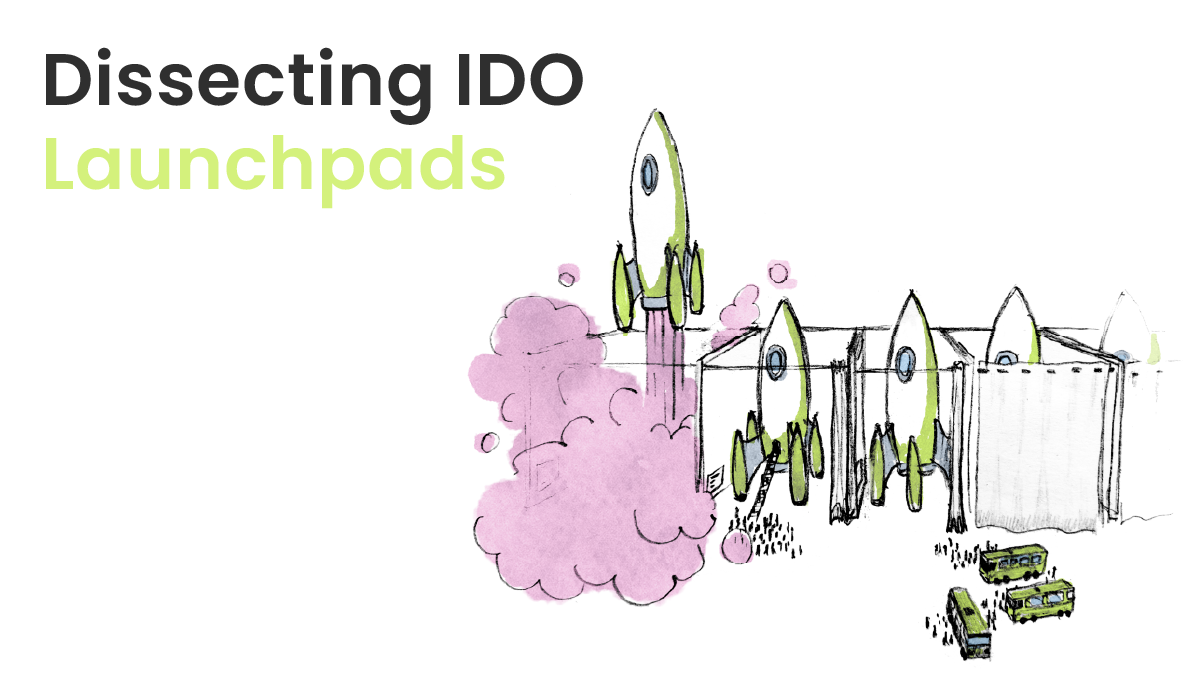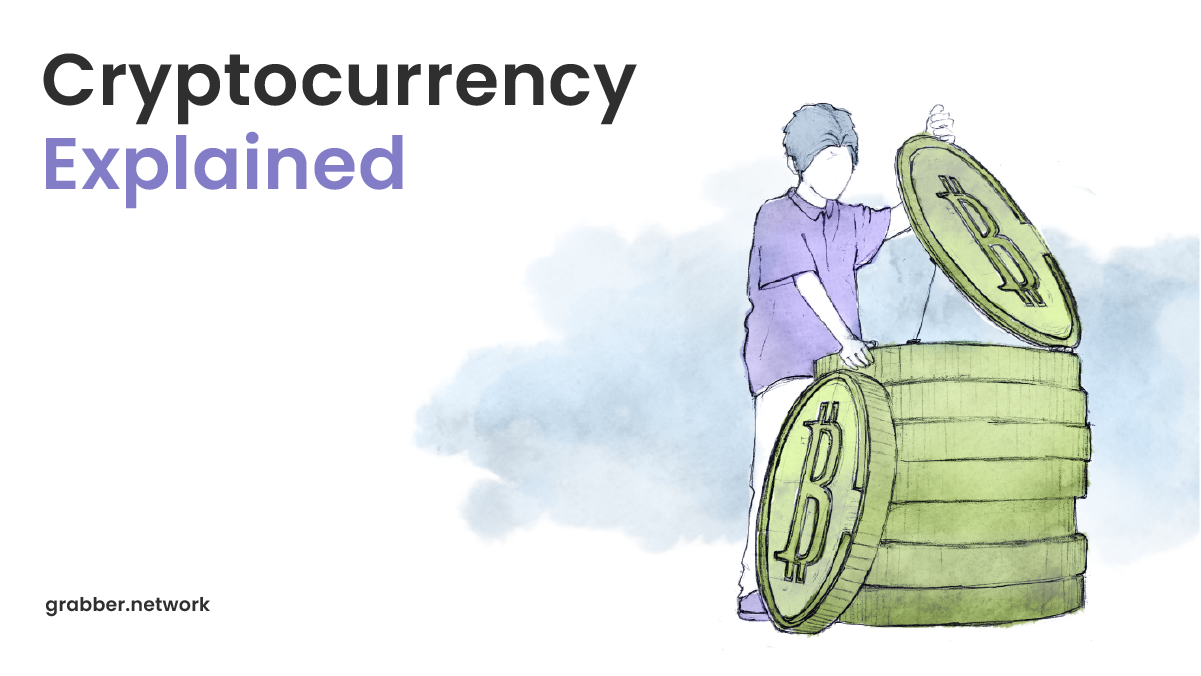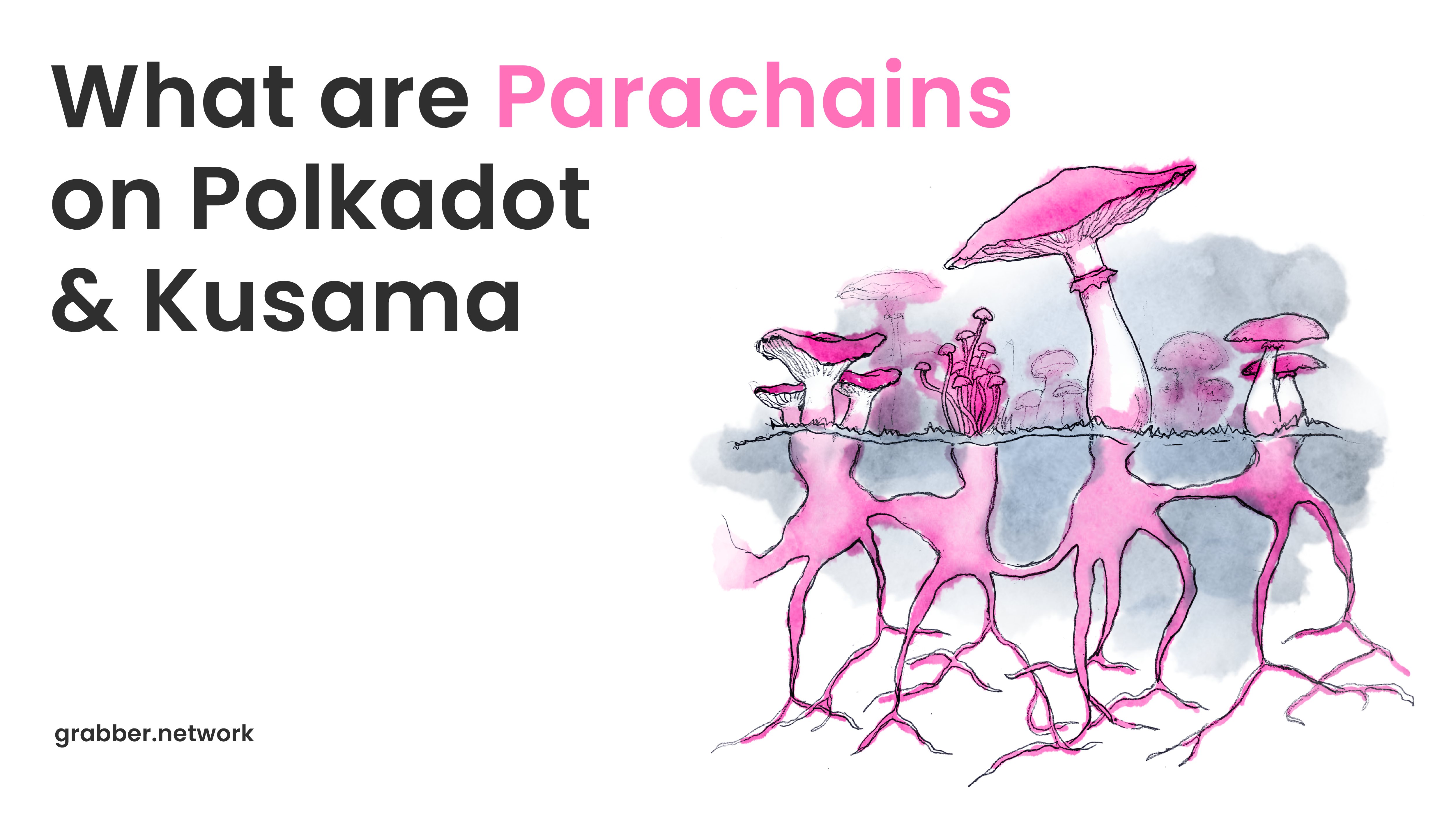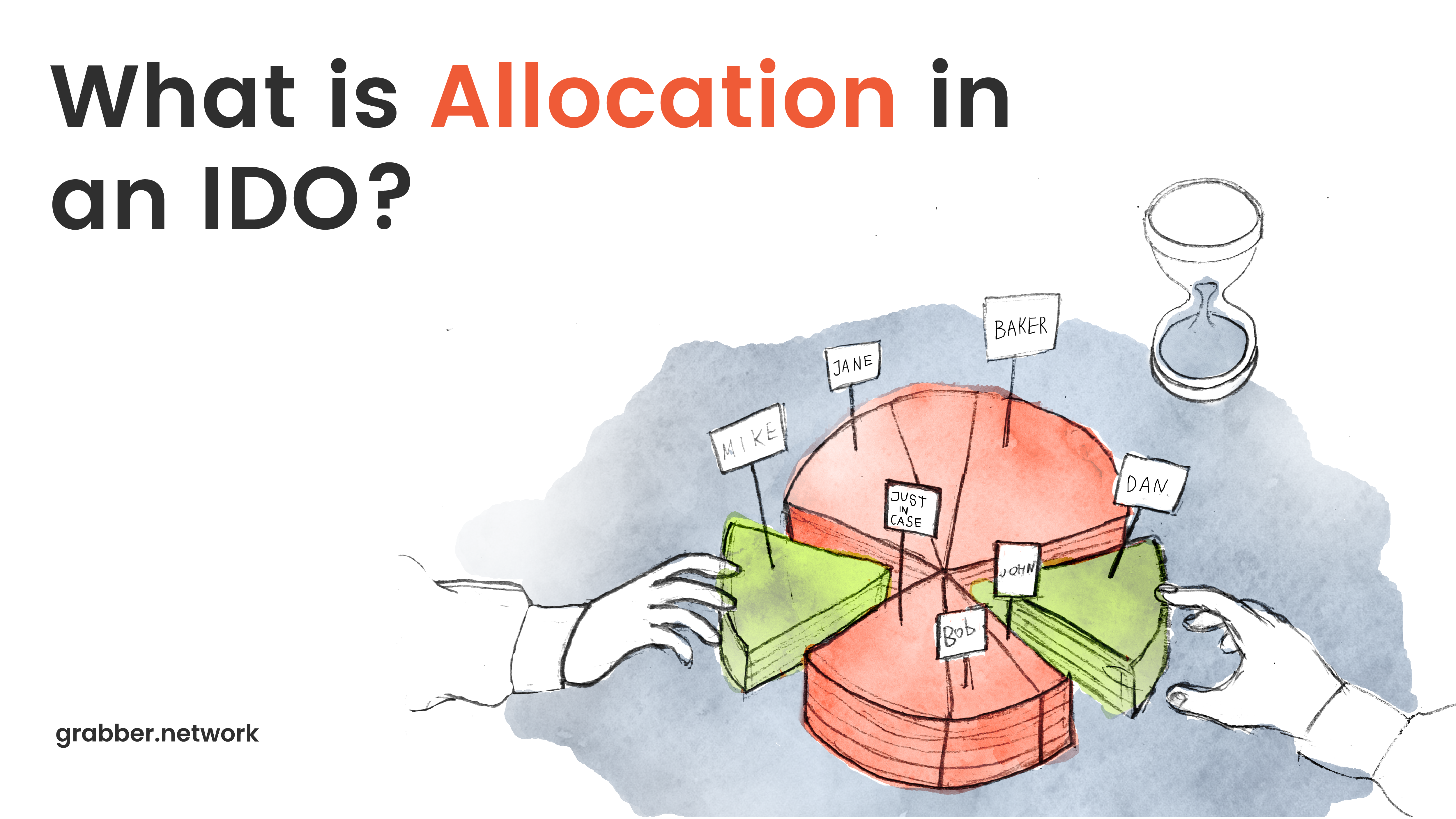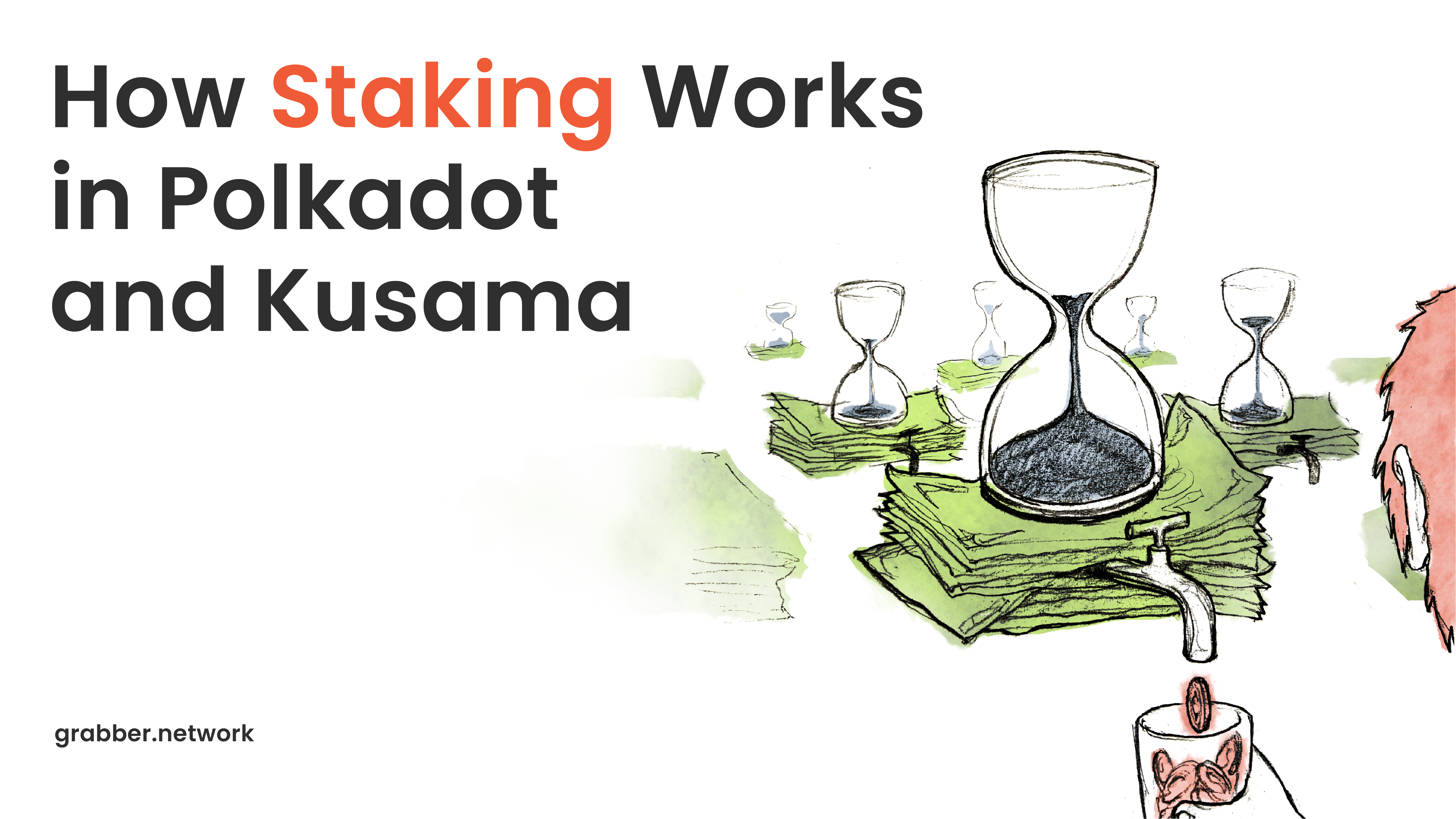What Is Decentralized Finance? A Simple Guide to DeFi
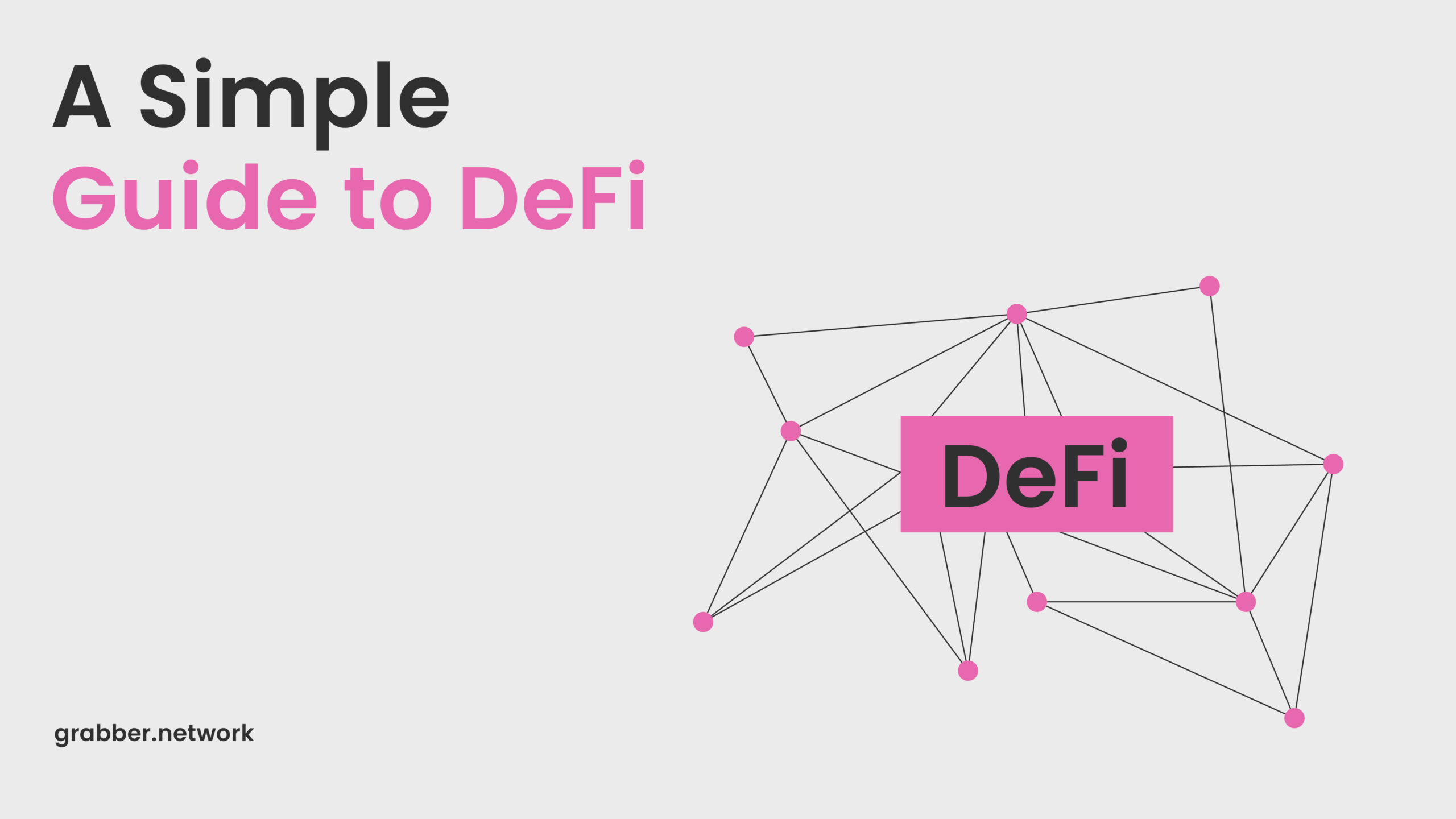
Content
Centralized finance is far from ideal for many people. Some don’t trust banks and don’t want them to own their money, some don’t want to pay high fees, and some just plain don’t have access to traditional financial institutions. That is why, over the past half a decade, the DeFi (decentralized finance) sector has gradually developed, which already has millions of customers and huge capitalization. So what is it and what do you need to know about it?
What Is Decentralized Finance (DeFi)?
DeFi is a set of services and applications developed using blockchain, cryptocurrencies/tokens, and smart contracts. These services are integrated into a big network, offering services that are usually provided by banks, credit communities and other financial institutions.
These services are controlled by their users themselves, they cannot be completely taken over by any one company or government. To achieve this, in the wake of the financial crisis in 2008, Bitcoin was invented, and then other blockchains followed suit. They allowed users to own their own money for the first time.
The Bitcoin blockchain has only rudimentary functions, allowing you to receive and send payments. Therefore, it is mainly used for long-term investments (L0 — store of value). But the Ethereum network, launched in 2015, has smart contracts. They allow users to write a simple code that performs certain operations directly on the blockchain. Thanks to this, a whole ecosystem of additional financial services has grown on Ethereum, which we today call decentralized finances (DeFi).
But the experimentation didn’t stop there. At the moment, Ethereum still has a significant disadvantage — the throughput of this blockchain is not very high. Due to the very high popularity of DeFi products and NFTs, the network is often overloaded and this leads to an increase in the cost of transactions. In addition, until September 2022, Ethereum worked on the environmentally harmful Proof of Work system. Therefore, dozens of other popular blockchains have emerged that use Proof of Stake and have cheaper transactions that allow for all types of low-margin financial services.
Such a rapid growth of ETH and alternative blockchains has led to the fact that the share of Bitcoin in the total capitalization of cryptocurrencies has dropped from 90% in 2017 to about 35% today.
How Does DeFi Work?
DeFi uses various technologies developed in the field of blockchain. All of them have applications outside of decentralized finance, but play an important role in the DeFi ecosystem.
There are several components of DeFi:
- First of all, DeFi projects are based on blockchains. This is how all records, data about users and financial transactions are kept. The blockchain is stored on a mass of users’ computers and does not belong to any of them. DeFi does not work without blockchains, it becomes ordinary CeFi. Blockchains are what makes finance decentralized.
- The second important component is digital assets, that is, DeFi tokens or currencies that can be sold or transferred on the blockchain network. They work as a way to interact with the ecosystem.
- Next, wallets are important: software user interfaces for managing assets stored on the blockchain. Most often, DeFi services do not create their own wallets, but use those that are popular with users, like MetaMask.
- Another element is smart contracts. Blockchain-based software code that performs certain operations under predefined conditions and rules. They allow services to provide something more than just the transfer of assets.
- Based on smart contracts, various companies create decentralized applications (dApps) that are integrated with the user interface using traditional web technologies and are more convenient for the end user. You can read more about this here: “What Is a DApp? Decentralized Apps Explained“.
All these aspects combined make DeFi not only a huge market, but also make it convenient for users to work with it.
DeFi Products
There are thousands of DeFi projects worldwide. Most of them are built on the Ethereum network or one of its Layer 2 protocols.
A list of several hundred largest ones can be found on websites such as DeFiPrime, DefiLlama and DeFiPulse.
The entire DeFi market is divided into several popular areas for working with finance:
- Deposits and Loans. The owner of a cryptocurrency can lend it to another user for a certain time at a predetermined interest rate.
- Decentralized exchanges. Instead of sending funds to an exchange that can go bankrupt or lose your money, the DEX creates an environment for the direct exchange of tokens between users. They can buy tokens of crypto projects directly, without going through any intermediaries.
- Investment. High transparency (blockchain is fully visible to every user) makes investing less risky, and smart contracts make it easy to automate compliance with all required conditions of regulators.
- Decentralized prediction markets. Services can provide users with a DeFi platform to bet on anything while also making it as transparent as possible.
We should mention some of the most significant DeFi projects:
- 0x is an open peer-to-peer cryptocurrency exchange protocol based on the Ethereum blockchain. Developers can use it to implement cryptocurrency exchange dApps with extensive functionality.
- Compound is a protocol that allows users to lend and borrow assets secured by cryptocurrencies. By converting assets into cTokens, a user can borrow up to 75% of the value of their tokens and receive up to 9% per annum in USDT.
- dYdX is a trading platform whose decentralized protocol allows users to lend funds or trade on an exchange with leverage.
- MakerDAO is a platform that allows any user to take out a loan (denominated in DAI stablecoin) on their own by staking digital assets such as Ethereum as collateral. There are no KYC requirements, and all lending activities are carried out under smart contracts, which means that there are no intermediaries in the transaction.
DeFi Currency
Many DeFi services issue their own tokens. Such as UNI (Uniswap’s decentralized exchange control token) or AAVE (token from Aave open source liquidity protocol). They allow you to invest in these projects or to use some of their services. For example, UNI owners, among other things, get the opportunity to vote on the further development of the project, including new network and policy updates. Each vote is proportional to the number of UNI tokens it has.
Buying DeFi project tokens means betting on the specific technology and the ecosystem. In the world of traditional finance, this can be compared to buying shares in a publicly traded company. Many users who own crypto also like to engage in yield farming — they deposit tokens in a lending protocol or an automated system powered by smart contracts in order to receive interest or commissions from trading or lending. Yield farming resembles the replenishment of a profitable deposit. But, of course, the risks are higher here, and the profitability, respectively, is also much higher.
Advantages of DeFi
There are four main reasons why many people are interested in DeFi:
1. Self-Custody. This is both one of the pros and one of the cons of DeFi. On the one hand, no one can block your account, no one can stop a payment, and no one will ask for documents or other explanations to complete a transaction on the blockchain. You can transfer your funds to whomever you want, when you want and in the amount you want. No one needs to ask permission to make your payment. Your funds are really 100% your funds.
On the other hand, the lack of regulation means that it is possible to fall victim to scammers or hackers and lose your funds, without any possibility of getting third-party help. There is no call center where you can issue a complaint, if your tokens were stolen, they are gone forever.
2. Low cost. Blockchains allow you to make almost instant payments from anywhere in the world to anywhere else in the world for a very low fee. For example, transferring $60,000 may cost $1.40 and take 6 seconds to complete. A traditional bank would require a huge amount of physical resources and employees in order to attract a significant amount of customers and capital, so it has to have higher fees to cover for that. The use of blockchains can significantly reduce the cost of financial services for people and companies.
3. Global market for services and capital. Unlike the traditional financial industry, there are absolutely no geographic restrictions in DeFi. You can start interacting with a financial service created in Korea or Canada without any restrictions. If someone in Vietnam has an interesting idea, it will be implemented, and they can immediately start attracting customers from all over the world.
4. Composability. Most financial apps on the blockchain are open-source projects, which means that each new application can be easily integrated with existing apps if desired, thus there are more and more complex products that teams around the world are working on. It can be compared to financial LEGO. In addition, today there are more and more “bridges” between different chains, in the end creating one global blockchain ecosystem from many disparate individual ecosystems that existed till recently.
Is Bitcoin a Decentralized Finance?
By now, you should be able to answer this question yourself.
Bitcoin, the grandfather of all cryptocurrencies, is an example of a DeFi project. There is no central governing body here, it is not issued by any bank and is not controlled by any institution. It exists on an independent blockchain and is not stored on some central server. And, of course, users can treat it as a financial instrument.
Bitcoin is classic DeFi, although it’s not conducive to creating additional DeFi services on top of it. DeFi is currently aiming to build various complex decentralized applications and projects that can take full advantage of blockchain ledgers and smart contracts. Bitcoin users can’t do it natively, they have to use “wrapped” versions of their token that can be transferred to other chains to interact with those projects.
What Is the Total Value Locked In DeFi?
The total capitalization of investments in various DeFi applications and services is currently about $60 billion. In the last three years alone, this figure has grown more than 100 times. In 2020, total value locked in DeFi amounted to less than $600 million. On the other hand, the impact of the crypto winter and the general slowdown in the economy is being felt, and if we count from December 2021, the total cost of DeFi products has fallen three times due to a decrease in the value of their tokens and the closure of some large projects that were bringing investors in.
You can check the total value locked in DeFi and the overall trend on websites like DefiLlama and DefiPulse.
The Future of DeFi
Decentralized finance is a new way of looking at how we bank, borrow, lend, speculate and even buy insurance.
The potential of DeFi is enormous. This is evidenced by both individual statistical indicators and the general increase in user interest in recent years. And yet, a handful of enthusiasts are not enough to build a full-fledged ecosystem. Cryptocurrencies must truly enter the mass market if a decentralized economy is to someday compete with the traditional one. However, it is likely that as the Internet matures and users become more technically literate, we will see this come to fruition in the coming decades.
Read More:
What Is a DApp? Decentralized Apps Explained
What Is a Crypto Wallet? Which Wallet Should You Choose?
What Is a Node in a Cryptocurrency Network? What Types of Nodes Are There?
You may be interested
Learn basics in our free Wiki section!
